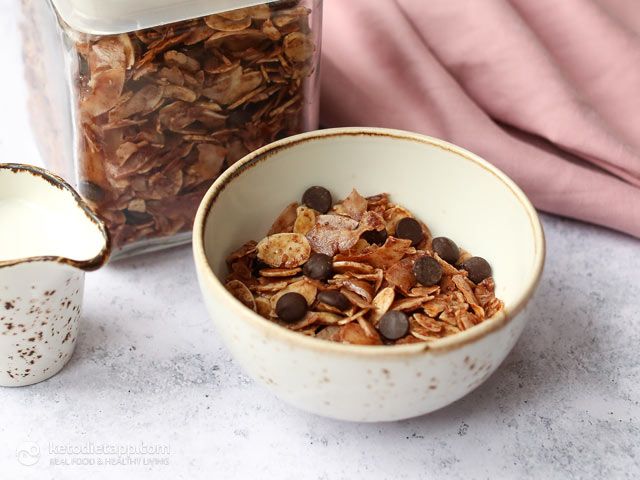Your home is your sanctuary, a place where you should feel safe, relaxed, and at peace. Creating a healthy home environment goes beyond mere aesthetics; it involves maintaining a clean, organized, and safe living space that promotes overall well-being. In this blog post, we will explore practical tips and strategies for creating a healthy home environment, from keeping your living space clean and clutter-free to ensuring the safety of your household.
Declutter and Organize:
Clutter not only affects the physical appearance of your home but can also have a negative impact on your mental well-being. Start by decluttering and organizing your living space. Sort through your belongings and get rid of items that you no longer need or use. Donate or recycle them whenever possible. Creating a clutter-free environment will not only make your home appear more spacious and inviting but will also reduce stress and promote a sense of calm and order.
Clean Regularly:
Maintaining cleanliness in your home is crucial for a healthy living environment. Regular cleaning helps eliminate dust, allergens, and germs, reducing the risk of allergies and respiratory issues. Develop a cleaning routine that includes dusting, vacuuming, mopping floors, cleaning surfaces, and sanitizing frequently touched areas. Use environmentally friendly cleaning products whenever possible to minimize exposure to harsh chemicals. Pay special attention to areas prone to moisture, such as bathrooms and kitchens, to prevent the growth of mold and mildew.
Improve Indoor Air Quality:
Indoor air quality can have a significant impact on your health and well-being. Take steps to improve the air quality in your home by ensuring proper ventilation. Open windows whenever possible to allow fresh air to circulate. Use air purifiers or invest in indoor plants known for their air-purifying qualities, such as peace lilies or snake plants. Avoid smoking indoors and minimize the use of chemical-based air fresheners or candles, which can release harmful toxins into the air. Regularly clean or replace air filters in your HVAC system to keep the air clean and free of pollutants.

Create a Safe Space:
A healthy home environment also prioritizes safety. Take proactive measures to create a safe living space for yourself and your family. Install smoke detectors on each floor of your home and regularly test their functionality. Place fire extinguishers in easily accessible areas, particularly in the kitchen. Install carbon monoxide detectors near bedrooms and fuel-burning appliances. Secure your home by installing sturdy locks on doors and windows, and consider a home security system for added peace of mind. Keep hazardous materials, such as cleaning products and medications, out of reach of children or stored in locked cabinets.
Embrace Natural Light and Greenery:
Maximize the benefits of natural light by allowing it to flood your living space. Open curtains or blinds during the day to let in natural sunlight, which can improve mood, boost vitamin D levels, and reduce the risk of seasonal affective disorder (SAD). Additionally, incorporate greenery into your home by placing indoor plants strategically. Plants not only add aesthetic appeal but also help purify the air, increase oxygen levels, and create a calming and natural ambiance.
Minimize Electromagnetic Radiation:
In today’s digital age, it’s essential to be mindful of the electromagnetic radiation emitted by electronic devices. While it’s nearly impossible to eliminate exposure completely, there are steps you can take to minimize it. Keep electronic devices away from your sleeping area and avoid using them before bedtime to promote better sleep. Use speakerphone or hands-free options during phone calls to reduce exposure to radiation. Consider implementing “tech-free zones” in your home, where devices are not allowed, to create designated areas for relaxation and quality time with loved ones.
Establish Healthy Habits:
In addition to maintaining a clean and safe home, it’s essential to establish healthy habits that contribute to a healthy environment. Encourage family members to practice good hygiene, such as washing hands regularly, covering coughs and sneezes, and disposing of tissues properly. Implement a shoe-free policy in your home to prevent tracking dirt and contaminants inside. Encourage everyone to eat meals together at a designated dining area, promoting healthy eating habits and fostering family connections.
Prioritize Natural and Non-Toxic Products:
When it comes to cleaning products, personal care items, and home furnishings, opt for natural and non-toxic alternatives. Many conventional cleaning products contain harsh chemicals that can be harmful to both your health and the environment. Look for eco-friendly and non-toxic options or make your own cleaning solutions using simple ingredients like vinegar, baking soda, and essential oils. Similarly, choose organic or natural personal care products to minimize exposure to potentially harmful substances. When purchasing furniture and home decor, seek out items made from sustainable materials that are free from toxic compounds like formaldehyde.
Foster a Positive and Harmonious Atmosphere:
A healthy home environment extends beyond the physical aspects; it also encompasses the emotional and psychological well-being of its occupants. Create a positive and harmonious atmosphere by promoting open communication, respect, and kindness among family members. Encourage regular family activities, such as game nights or shared hobbies, to strengthen bonds and create a sense of togetherness. Dedicate spaces within your home for relaxation and self-care, such as a cozy reading nook or a meditation corner, to promote mental and emotional well-being.
In conclusion, creating a healthy home environment involves a holistic approach that encompasses cleanliness, safety, natural elements, and positive habits. By implementing these tips, you can transform your living space into a haven of well-being. A healthy home not only benefits your physical health but also enhances your mental and emotional state, fostering a sense of peace and tranquility. Embrace these practices from BibleKeeper.com and enjoy the benefits of a clean, safe, and nurturing home environment.
Creating a healthy home environment is crucial for your overall well-being. By following these tips for a clean and safe living space, you can cultivate a home that promotes physical and mental health. Remember, a healthy home goes beyond aesthetics; it encompasses cleanliness, organization, safety measures, and a connection to nature. Embrace these practices, and let your home be a haven of health, tranquility, and rejuvenation.

